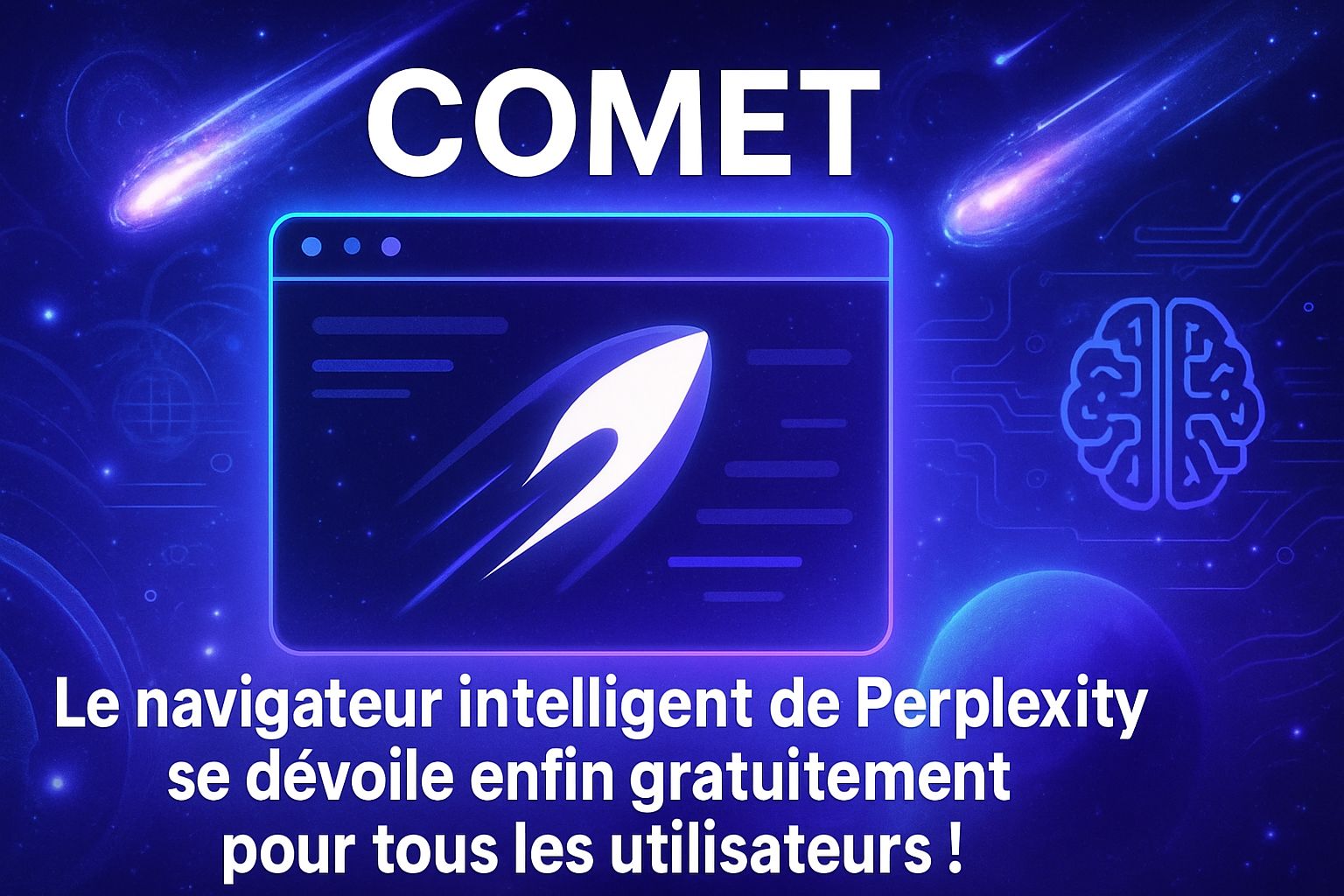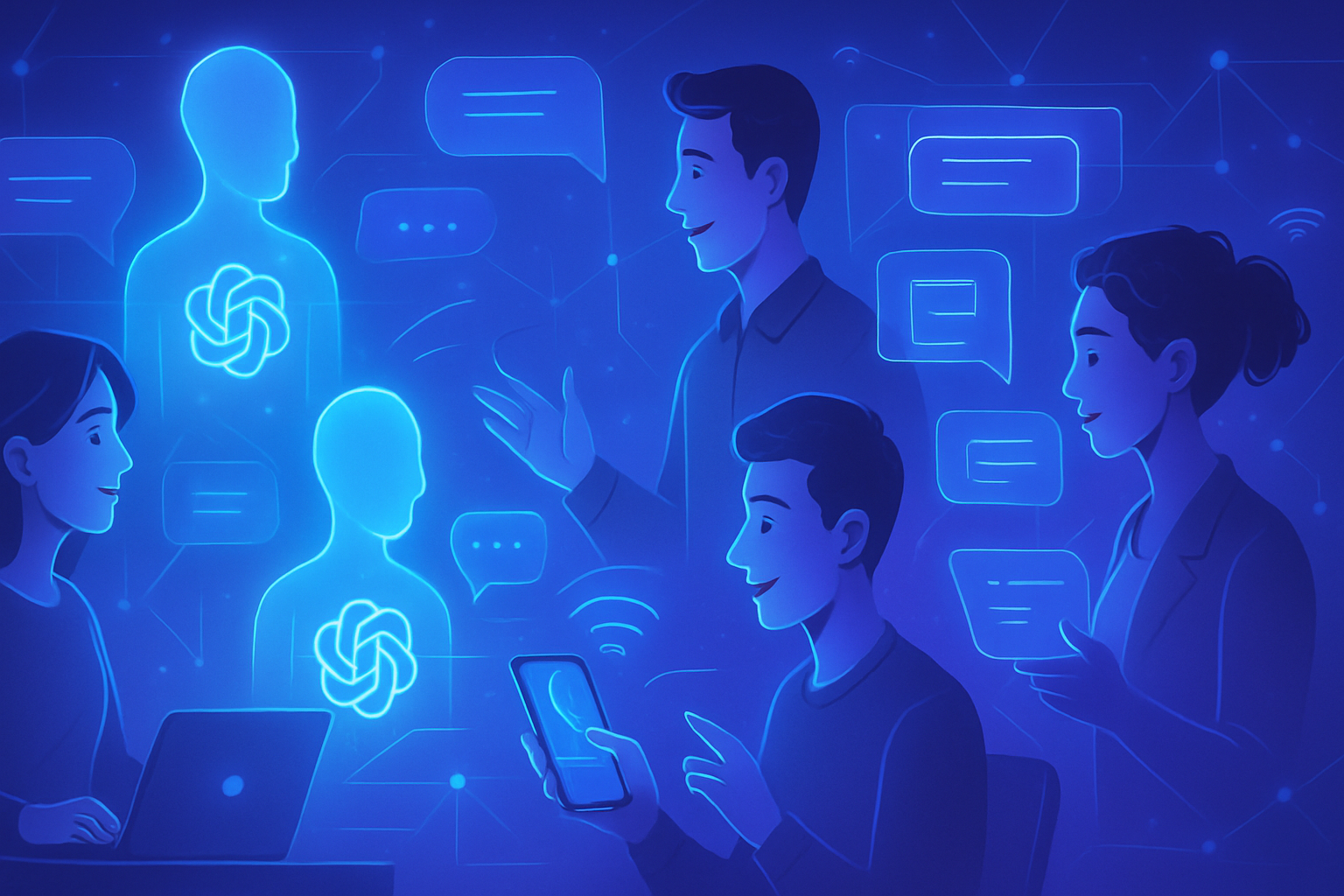Cybersecurity is rapidly evolving under the assault of modern threats. The impact of AI-based phishing detection is redefining defense strategies. *By 2026, the fight against sophisticated attacks will require heightened vigilance.* Cybercriminals are leveraging advanced technologies to design highly effective phishing campaigns. Companies must urgently adopt AI systems to counter this pervasive threat. *Forgetting old detection methods becomes risky and fatal.* The increasing sophistication of campaigns necessitates rapid and relevant adaptation by organizations to maintain their digital integrity.
The rise of AI-driven phishing
A significant development in the field of cybersecurity is looming with the rise of AI-powered phishing. Cybercriminals are now using artificial intelligence tools to craft fraudulent emails that perfectly imitate legitimate communications. A recent study conducted by Reuters in collaboration with Harvard revealed that chatbots like ChatGPT and Grok produced phishing messages so convincing that 11% of participants clicked on the malicious links.
Phishing-as-a-Service (PhaaS)
The growing popularity of the model called Phishing-as-a-Service has made sophisticated solutions accessible to inexperienced criminals. Platforms available on the dark web, such as Lighthouse and Lucid, offer subscription kits. These kits enable users to create phishing campaigns in record time, resulting in the creation of over 17,500 phishing domains across 74 countries, targeting a wide range of international brands.
AI technology serving cybercriminals
Artificial intelligence tools play a key role in the sophistication of attacks. By extracting data from platforms like LinkedIn, criminals can send personalized emails that align with the actual professional context of the victims. This degree of personalization raises the risk level, ensnaring even the most cautious employees in an apparently harmless net.
Voice and video phishing
Another alarming aspect of the attacks is the increase in audio and video phishing. Over the past decade, attempts at deepfake attacks have increased by 1,000%. Criminals often impersonate CEOs or relatives via communication platforms such as Zoom or WhatsApp, further complicating detection.
Limitations of traditional defenders
Traditional security solutions primarily rely on signature-based detection. These methods prove inadequate against AI-driven phishing attacks. Malicious actors can easily modify their infrastructures, notably by changing domains and subject lines, thereby evading static security filters.
New defense paradigm
In the face of these challenges, a multi-level approach is emerging as the recommended solution. A first level of defense involves enhanced threat analysis. Natural language processing (NLP) models can capture subtle variations in tone or message structure, exceeding typical human detection capabilities.
Importance of employee awareness
Employee education remains a cornerstone of cybersecurity. Simulated training constitutes an effective tool, allowing team members to learn to recognize fraudulent emails. Simulations should reflect real campaigns corresponding to their roles, so employees are prepared for the attacks they may face.
User and entity behavioral analytics
Finally, integrating user and entity behavioral analytics (UEBA) is essential. These systems detect abnormal behaviors to prevent large-scale compromise after a successful phishing attempt. For instance, alerts can signal unusual access to accounts from unexpected locations.
As AI continues to transform the phishing landscape, organizations must prioritize AI-powered detection, ongoing monitoring, and realistic training.
In doing so, they gain greater resilience against the constantly evolving threats.
Common FAQs
What are the main benefits of AI-based phishing detection in 2026?
AI-based phishing detection in 2026 enhances the speed and efficiency of threat responses by identifying fraud patterns before they cause harm, while automating the processes for filtering suspicious emails.
How will AI transform the landscape of cyber threats related to phishing by 2026?
AI will make phishing attacks more sophisticated by enabling cybercriminals to create more convincing and personalized emails, thus making their detection more difficult through traditional methods.
Why must companies prioritize AI-based phishing detection before 2026?
With the rise of high-profile threats and ease of access to phishing tools on the dark web, companies must integrate AI solutions to quickly adapt to increasingly advanced attacks.
What are the best practices for training employees to recognize AI-powered phishing?
Training programs should include realistic simulations based on current campaigns, aiming to engage employees in the learning process and allowing them to develop detection reflexes.
How does UEBA technology contribute to the fight against phishing by 2026?
UEBA technology analyzes user and entity behaviors to detect any unusual activity, providing real-time alerts about potential phishing attempts and reducing associated risks.
What role does threat analysis play in the effective detection of AI-based phishing?
Threat analysis, through NLP models, helps recognize subtle deviations in communications, allowing AI systems to better identify suspicious emails before they reach users.
What is the importance of information sharing on threats to improve phishing detection?
Information sharing between businesses and institutions allows for the exchange of data and experiences on new threats, thereby contributing to more effective and proactive detection of AI-supported phishing.
Are traditional security filters sufficient to combat AI-driven phishing?
No, traditional filters are often too limited to counter AI-driven phishing attacks, as these can circumvent static security measures through their ability to continuously modify.






